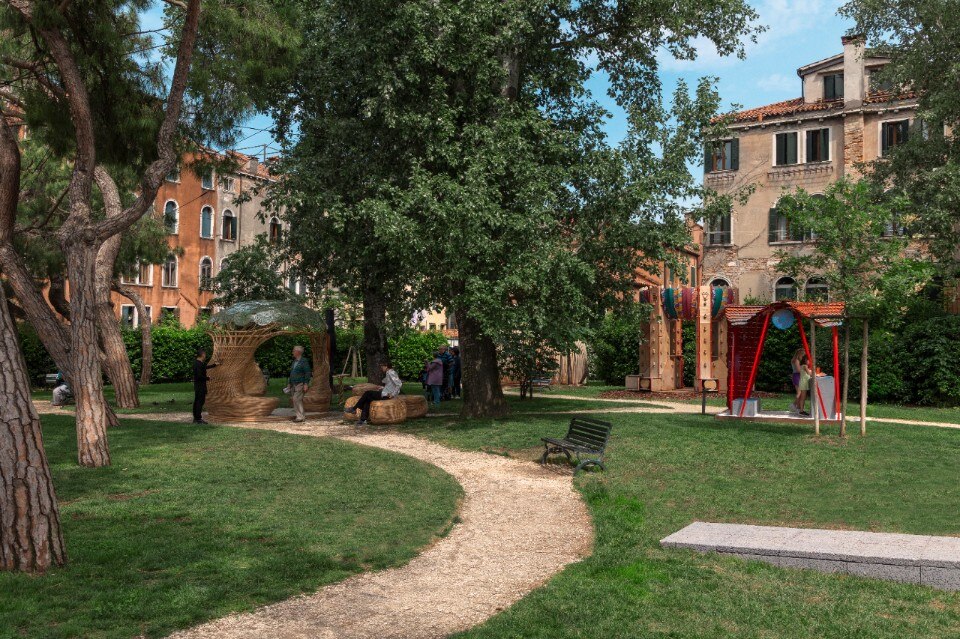The utopian dreams of the 1960s and '70s wouldn't have been the same without the new forms of representation used by the avant-garde architects, where every reader was in the position to decipher the message behind the represented work. Drawings, collages and models transmitted an urgency to be understood, to find eyes able to receive the message that was being sent. By comparing the work of the "paper architects" to the recent technology of augmented reality, we can see how representation techniques have evolved, especially in recent years, with digital tools becoming almost an extension of our body. Given that representation techniques and methodology in the production of architecture are helpful to understand the conceptual range in which this architecture has been created, the technological moment and the cultural and socio-political context are key.
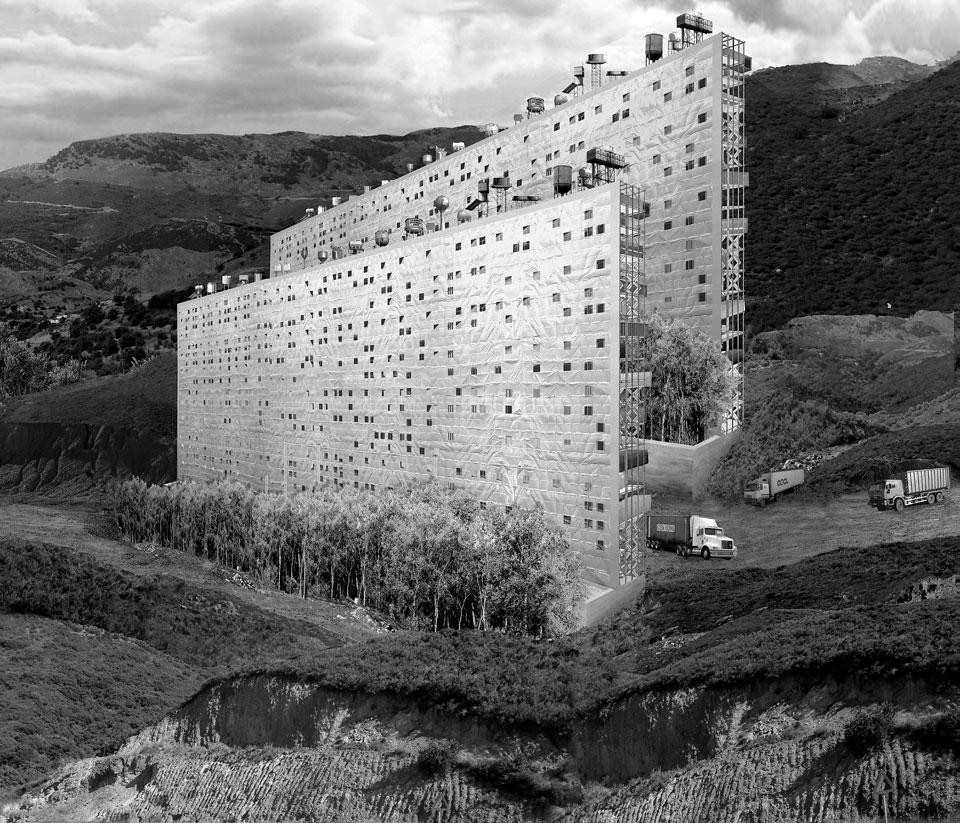
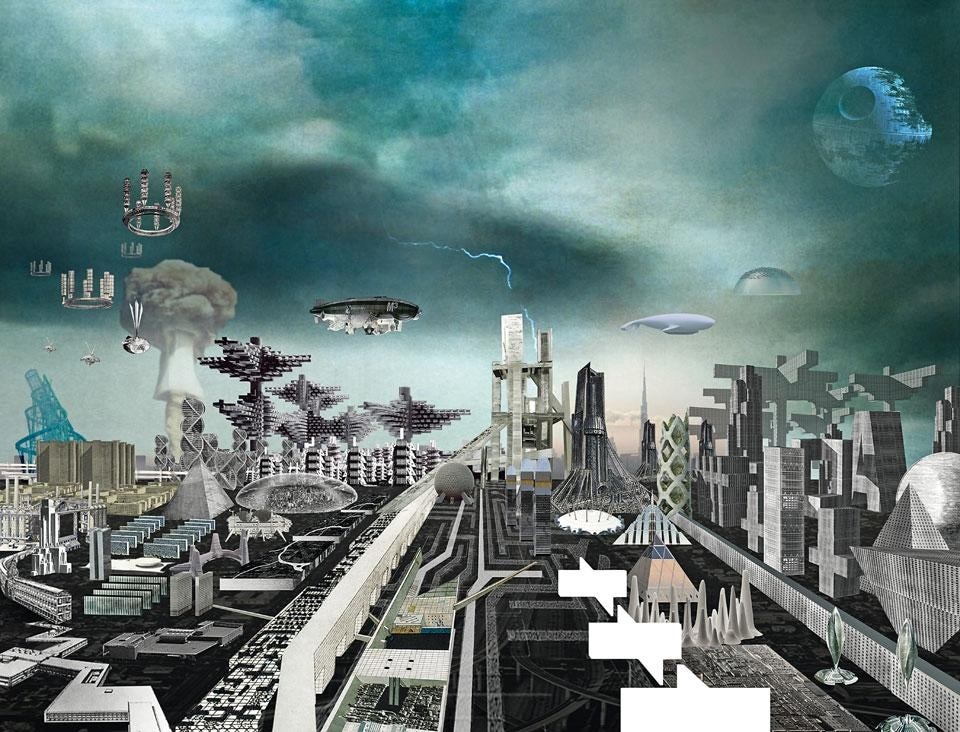
The narrative starts at the very moment an architect puts pencil to paper as the most basic tool to express his ideas
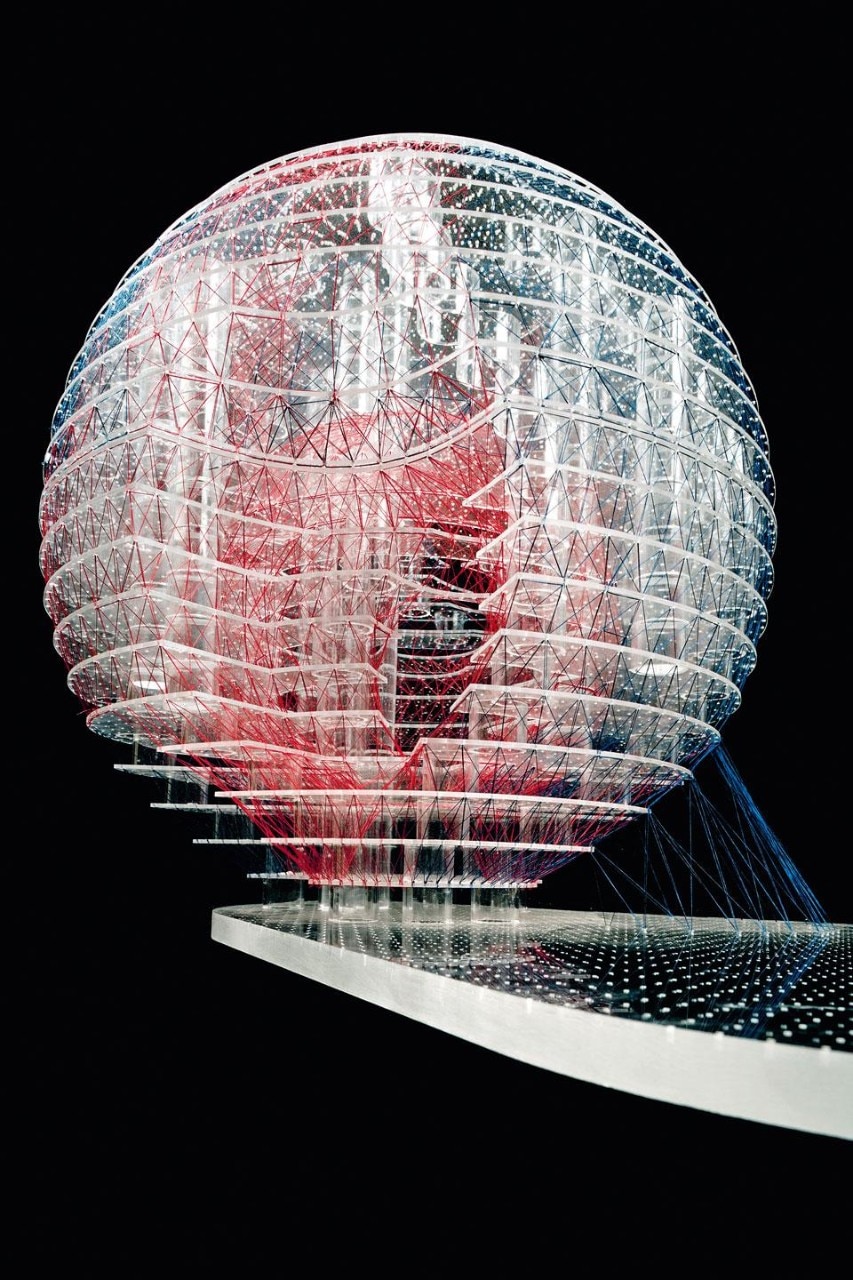
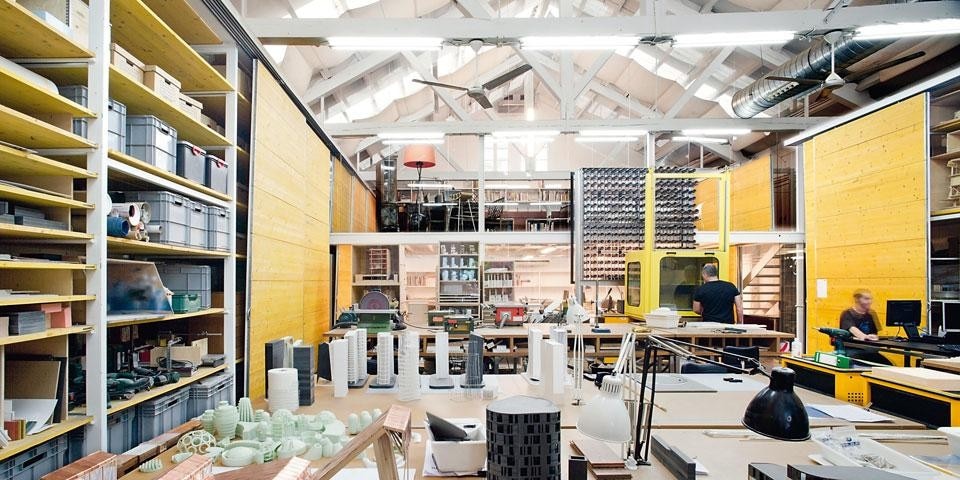
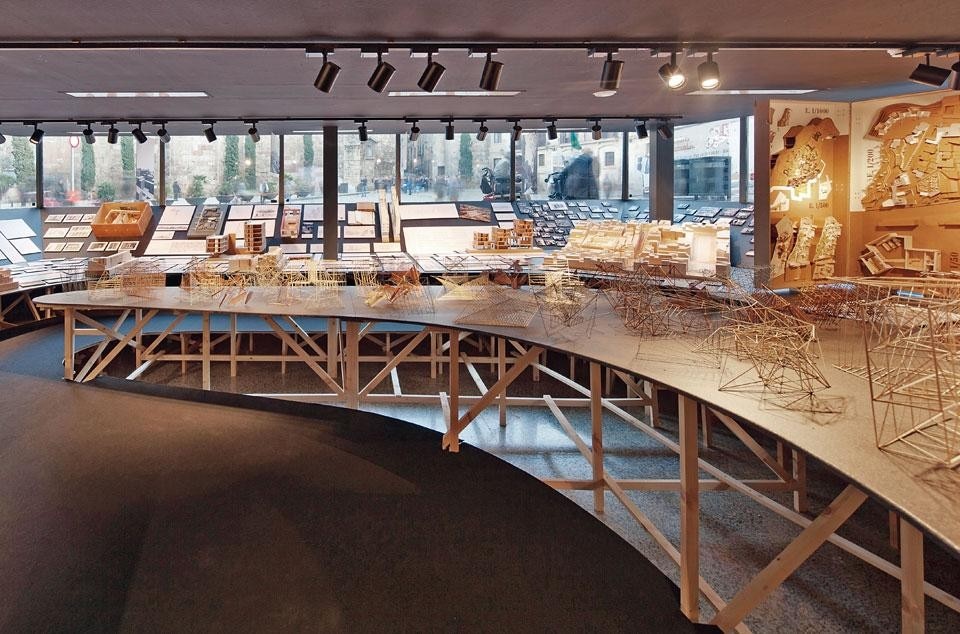
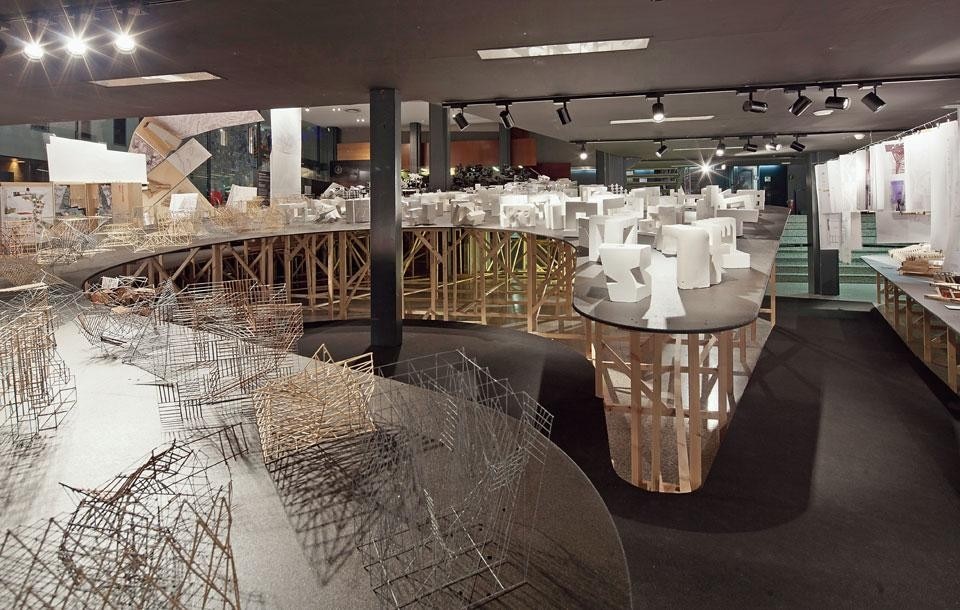
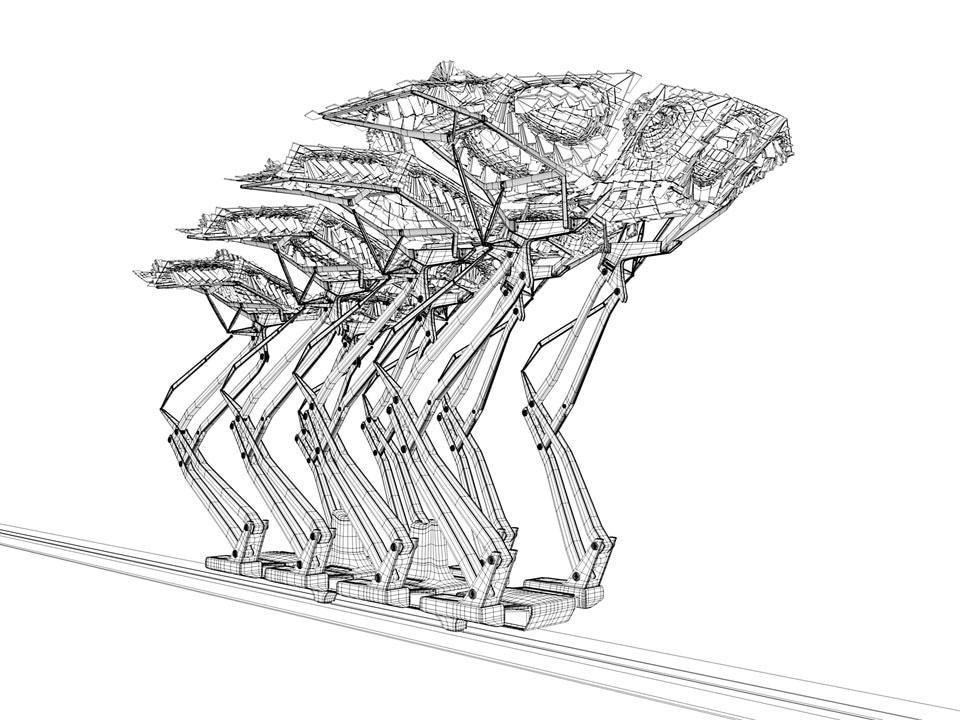
Like every exercise of representation, the article you are holding in your hands effectively transcends the limits of the printed message. It has been provided with a transversal layer to expand the discussed concepts. You only need to interact by clicking with a mobile device on the images with AR icons. As Alfred Jarry wrote in Ubu Roi, "To keep up even a worthwhile tradition means vitiating the idea behind it which must necessarily be in a constant state of evolution: it is mad to try to express new feelings in a 'mummified' form". Ethel Baraona Pohl (@ethel_baraona)
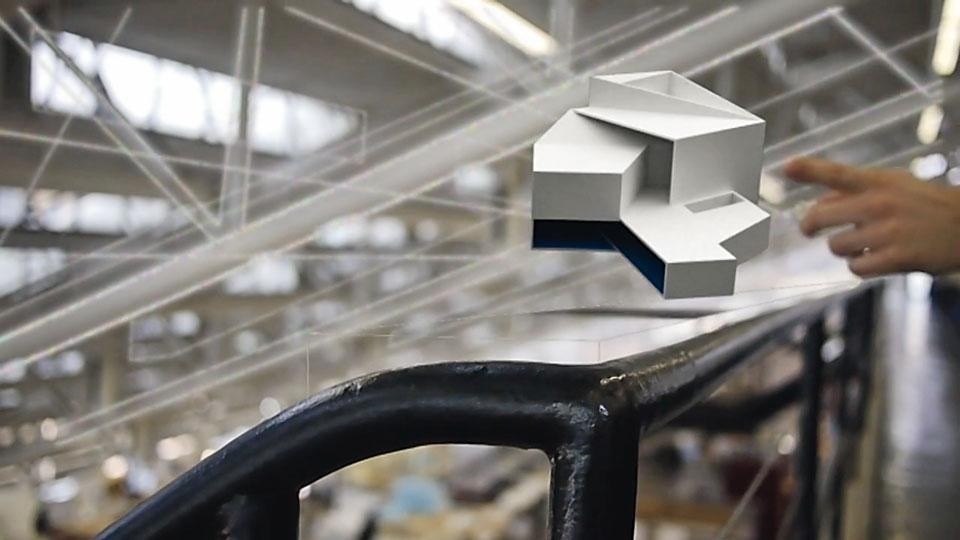
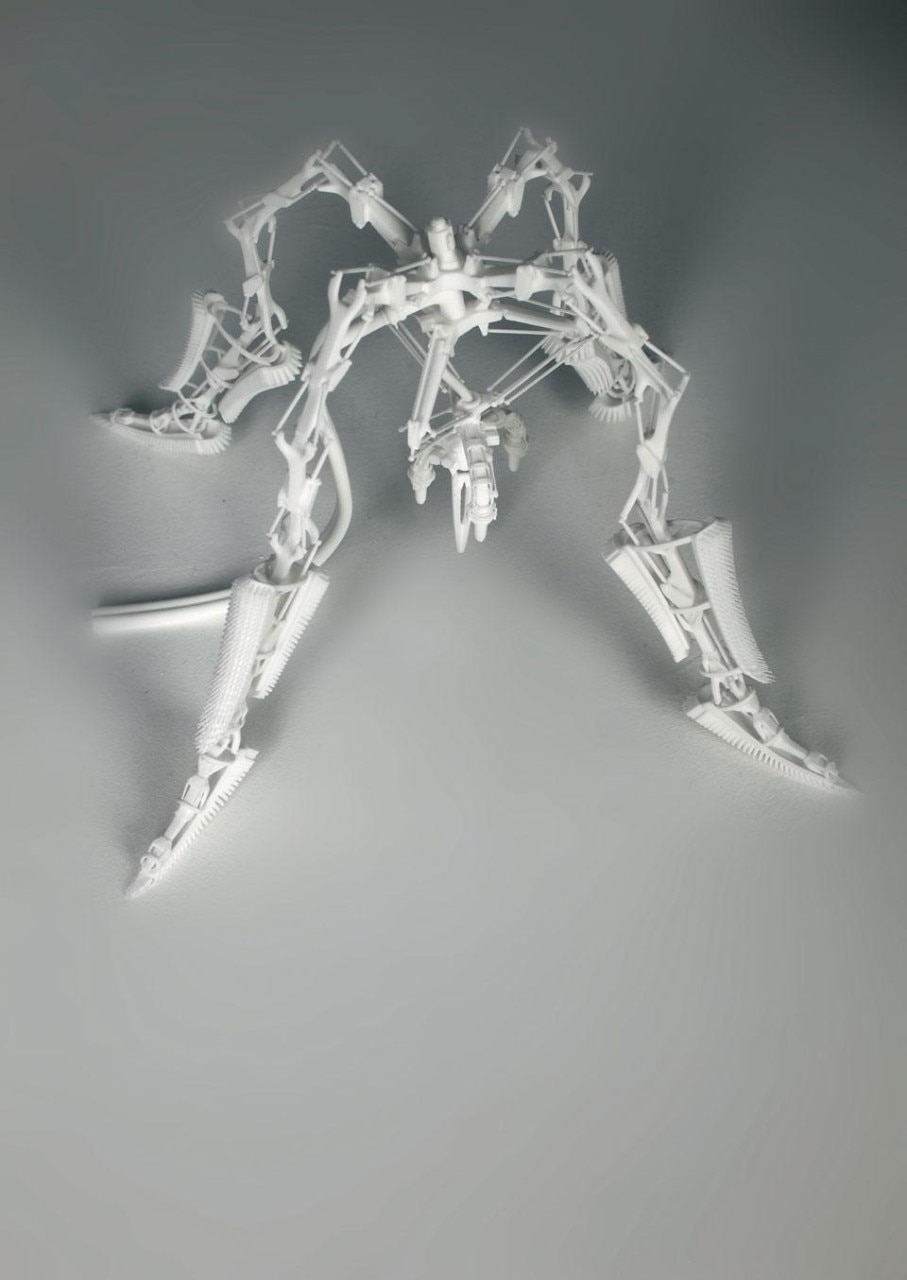
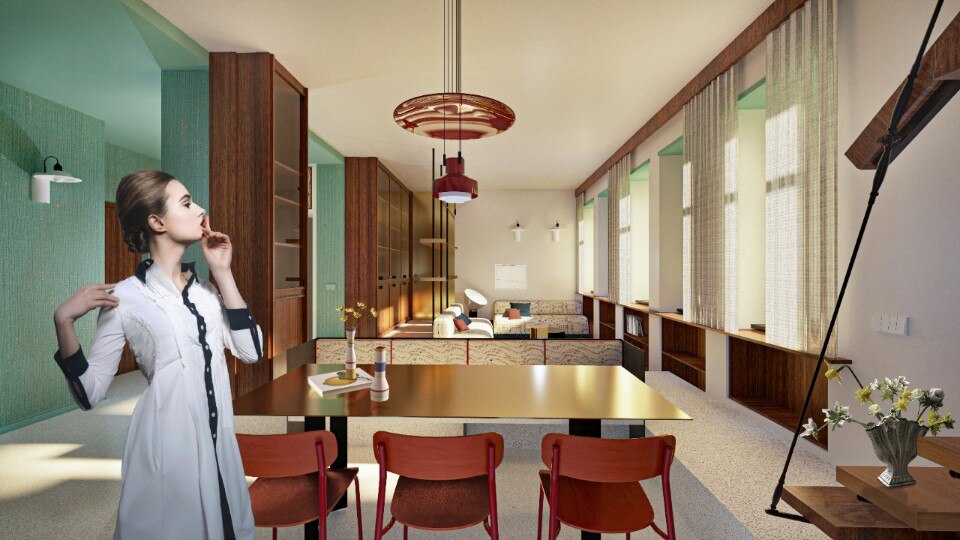
For a new ecology of living
Ada Bursi’s legacy is transformed into an exam project of the two-year Interior Design specialist program at IED Turin, unfolding a narrative on contemporary living, between ecology, spatial flexibility, and social awareness.



